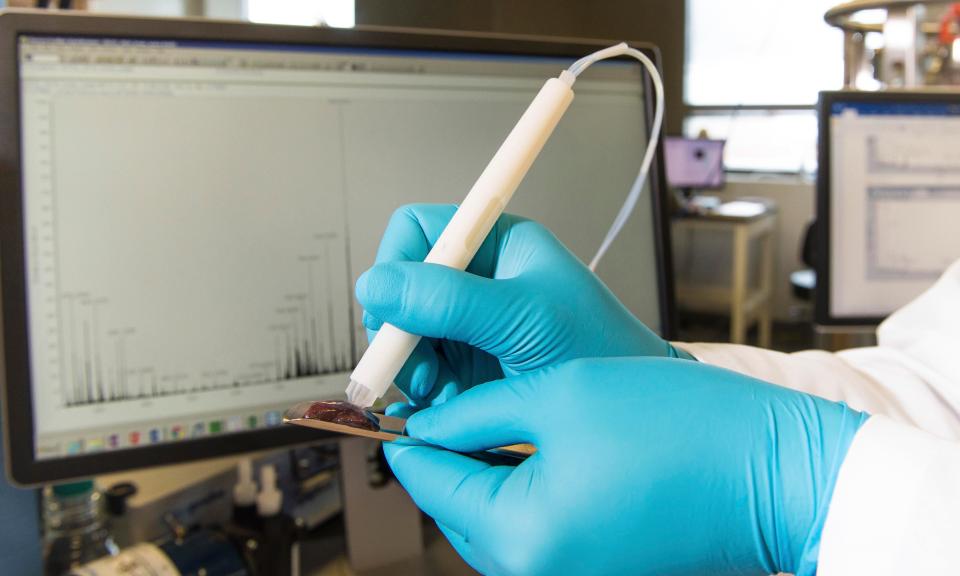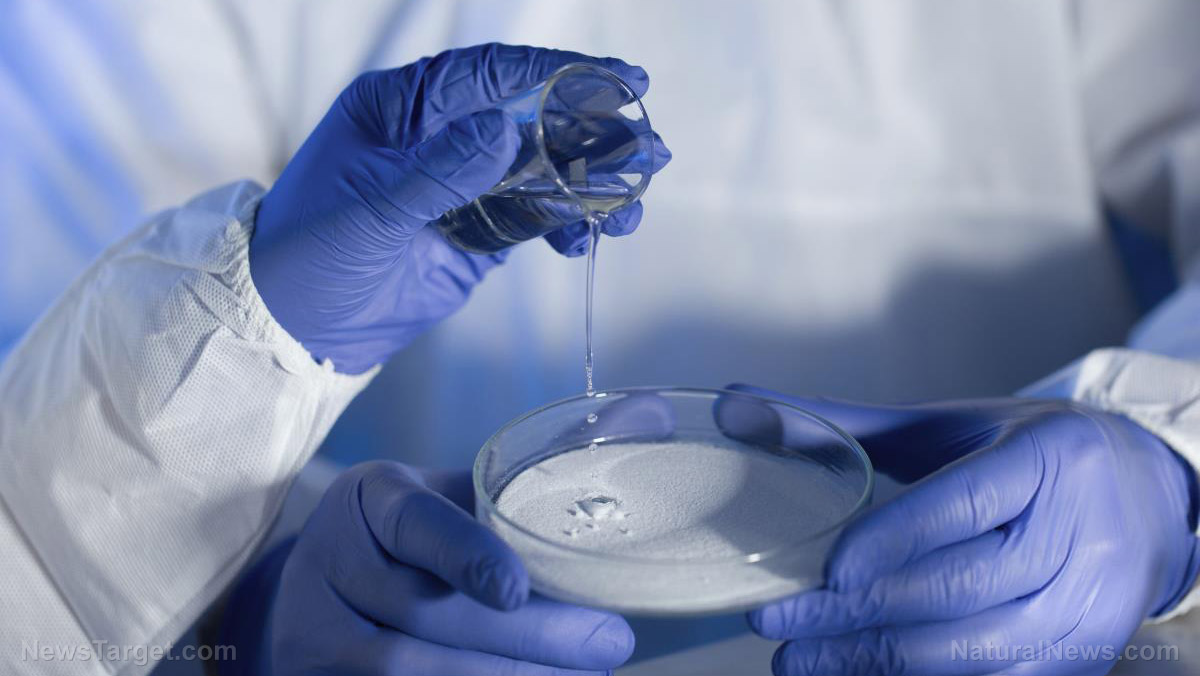
In the past, many patients woke up from such surgery with the thought, “I hope they got it all,” knowing that if the surgeon had not managed to remove all the affected tissue, the cancer would continue to spread. On the other hand, if the surgeon had unnecessarily removed healthy tissue, the patient could be left with nerve and other damage.
Now, exciting research by a team from the University of Texas has led to the development of what they are calling the “MassSpec Pen,” which pinpoints exactly which tissue is healthy or diseased with 96 percent accuracy, in just 10 seconds. The study was published in the journal Science Translational Medicine.
Patients undergoing cancer surgery used to have to rely on the results of a procedure called frozen section analysis, which was slow and unreliable, to determine where healthy tissue began and diseased tissue ended. The U.K.’s The Sun is reporting that the MassSpec Pen is set to revolutionize that process by enabling surgeons to offer more precise, quicker and safer surgery. (Related: Top seven fuels that feed the cancer “fire” and mutate more cells.)
The Sun explains the process:
The pen works by releasing a tiny droplet of water onto the tissue, which soaks ups biological material, such as fast [sic], proteins and sugars. It is then sucked back up and analysed by an instrument called a mass spectrometer, which can detect thousands of molecules, before doctors are given the results on a computer screen.
Mass spectrometry involves separating the components of a sample by their electrical charge and mass. It is a very sensitive process that works in parts per million, and is used to either identify unknown components in a sample or to confirm their presence.
Dr. Livia Schiavinato Eberlin and her team tested the MassSpec Pen on tissue samples from 253 people, half of whom were healthy, while the other half had been diagnosed with either breast, thyroid, lung or ovarian cancer.
Another publication, The Times, reports:
It missed fewer than 4 percent of the cancers and gave false positives less than 4 percent of the time. It also reliably found the borders between cancerous and normal tissue in a mixed sample taken from an ovarian cancer patient.
“If you talk to cancer patients after surgery, one of the first things many will say is 'I hope the surgeon got all the cancer out,'” Dr. Eberlin explained. “It's just heartbreaking when that's not the case. But our technology could vastly improve the odds that surgeons really do remove every last trace of cancer during surgery.”
Of course, prevention is always better than cure, and pursuing a lifestyle that helps to prevent cancer is the best possible option. This involves increasing your consumption of non-GMO, organic fruits and veggies, upping your intake of pure, filtered water, maintaining a healthy weight, cutting processed foods from your diet, and incorporating physical exercise into your daily routine.
Keep up with cutting edge developments in the healthcare field at Medicine.news.
(Photo credit: Associated Press)
Sources for this article include:
Please contact us for more information.























